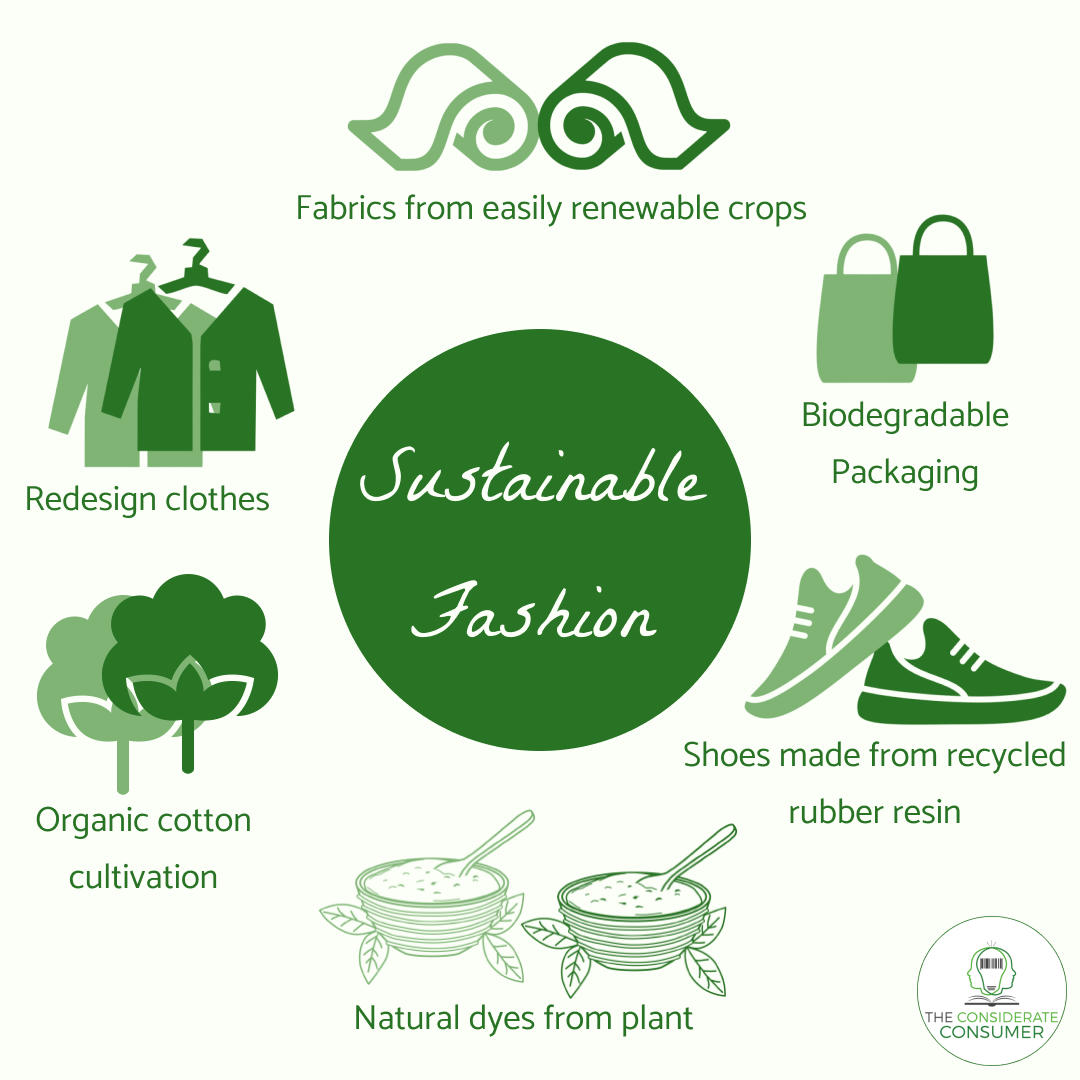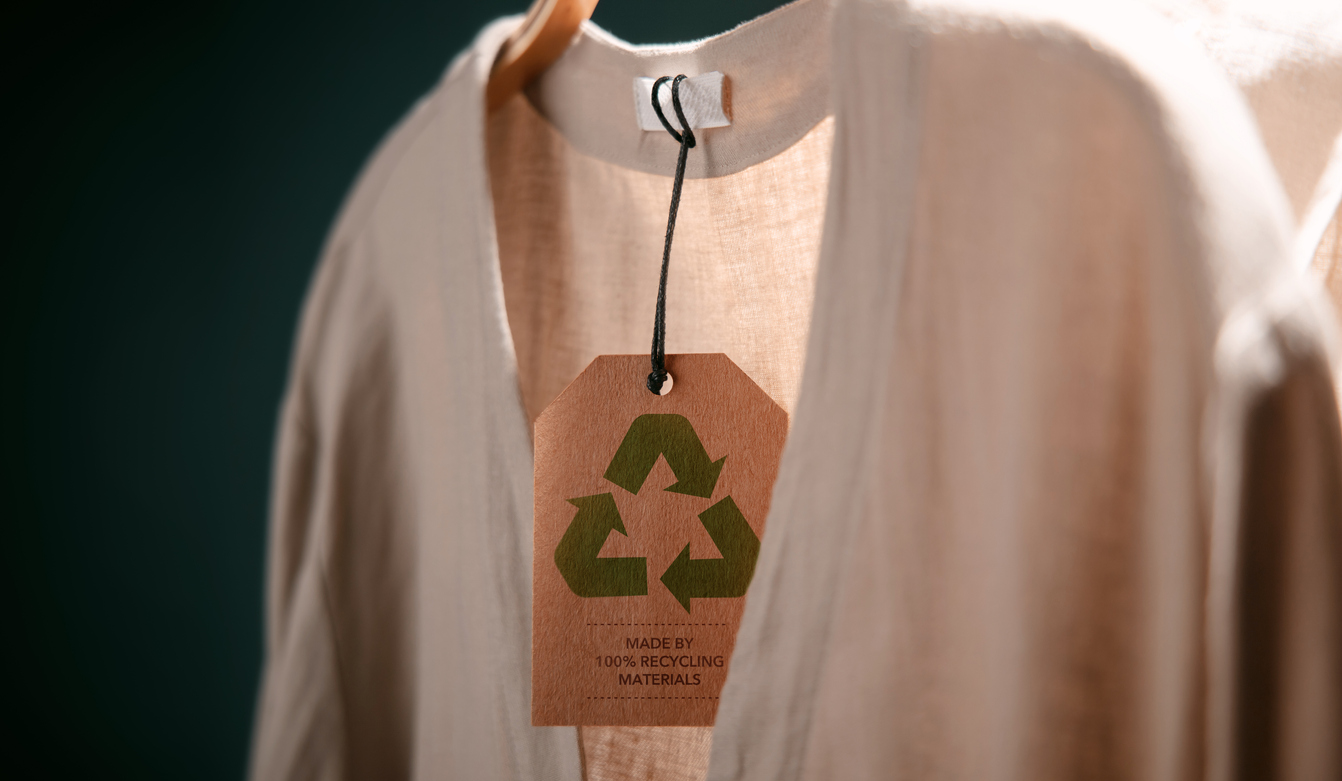Keep Ahead of the Curve by Checking Out Innovative Fashion Patterns
In an industry as vibrant as fashion, remaining ahead involves even more than simply adhering to current patterns-- it requires an exploration of development. The merging of innovation and style declares a new period of consumer involvement.

Accepting Smart Textiles
In recent years, the fashion business has experienced a transformative change with the integration of wise textiles, an innovative development that blends innovation with textile. This evolution stands for not just a combination of looks and capability yet also a significant leap in the direction of sustainability and customization in style. Smart fabrics, also called e-textiles, installed advanced electronic devices such as sensing units and conductive strings within the material, allowing garments to engage with the wearer or the setting.
These textiles are developed to keep track of physical parameters, such as heart price or body temperature, providing real-time health and wellness analytics. Beyond wellness applications, clever fabrics are additionally being used for adaptive garments, which can transform color or pattern in reaction to ecological stimuli, hence supplying a dynamic fashion experience.
Moreover, the growth of energy-harvesting textiles that produce power from movement or sunshine is paving the way for self-sufficient wearable innovation. This advancement is interesting ecologically mindful consumers and developers intending to minimize the eco-friendly impact of style. As r & d in this field development, smart fabrics are expected to end up being increasingly prevalent, reshaping the landscape of modern-day fashion with their multifunctional abilities.
The Increase of 3D Printing
Revolutionizing the production landscape, 3D printing has become a game-changer in the fashion business. This innovative technology has made it possible for developers to press the borders of imagination, generating complex and customized garments that were formerly unimaginable. By leveraging electronic design and additive production, 3D printing helps with the production of intricate geometries and patterns, allowing developers to try out new appearances and structures.
A notable advantage of 3D printing in vogue is its capability to create on-demand, reducing waste and reducing stock requirements. This performance not just enhances manufacturing processes however additionally permits rapid prototyping, allowing designers to bring their visions to life in a shorter timeframe. In addition, 3D printing supports customization to a level unmatched by standard techniques, using personalized fits and one-of-a-kind designs tailored to specific consumer choices.
The surge of 3D printing has actually additionally equalized fashion, making it easily accessible to arising designers that can now make top quality items without significant monetary investment in conventional production infrastructure. As technology remains to advancement, the garment industry is poised to harness the complete possibility of 3D printing, discovering new products and techniques that will unquestionably redefine how fashion is developed and created.
Sustainable Fashion Advancements
As the apparel industry faces journalism need for environmental obligation, sustainable style innovations have actually arised at the forefront of transformative adjustment. The expanding recognition of ecological effect has sustained a change towards even more eco-conscious techniques and products. Brand names and designers are now prioritizing sustainability, integrating techniques that reduce waste and minimize carbon footprints.
One substantial advancement is the increase of circular fashion, which stresses recycling and upcycling to extend the lifecycle of garments. This approach not just lowers waste but also urges consumers to take on an extra conscious method to apparel usage. Additionally, using sustainable materials, such as natural cotton, hemp, and recycled polyester, has acquired traction. These materials visit the website need less water and energy during production, significantly reducing environmental influence.
One more innovation depends on the fostering of cutting-edge dyeing methods that utilize waterless processes or all-natural dyes, thus decreasing the huge quantities of water and chemicals typically used in Visit Website textile dyeing. Additionally, innovations in biotechnology have actually led to the production of lab-grown leather and materials, offering cruelty-free and eco-friendly alternatives to traditional materials. Via these pioneering initiatives, the apparel industry is making meaningful strides in the direction of a much more sustainable future.

Tech-Integrated Clothing
Tech-integrated garments represents a groundbreaking fusion of fashion and innovation, reshaping exactly how individuals connect with their garments. This ingenious domain is marked by the inclusion of wise fabrics and embedded digital parts, improving both functionality and aesthetic appeal. From physical fitness trackers embedded in sports apparel to heated coats managed by means of smart device applications, tech-integrated apparel provides customers unprecedented convenience and flexibility.
Introducing brands are driving this trend, focusing on developing garments that react to environmental stimuli or customer commands. For example, some garments can alter color or pattern in reaction to temperature shifts, while others incorporate biometric sensing units to keep an eye on health metrics like heart rate or anxiety levels. The smooth assimilation of innovation into textiles likewise includes environmental sustainability, with efforts to create self-cleaning textiles or garments that get used to climate condition, thus reducing the demand for multiple layers.
In addition, the advent of wearable innovation is not just limited to garments however includes devices like watches and glasses, more expanding the range of tech-integrated style. As the industry remains to introduce, the potential for customization and customization in clothing expands, offering customers unique, tech-enhanced style experiences that deal with their specific demands and choices.
Future of Virtual Style
Over the last few years, the future of virtual fashion has emerged as a transformative force within the sector, leveraging advancements in digital modern technology to redefine just how fashion is created, experienced, and consumed. By incorporating augmented fact (AR), virtual truth (VIRTUAL REALITY), and 3D style devices, developers can currently craft interactive and immersive experiences that go beyond standard fashion limits. Virtual fashion enables for the creation of garments that exist only in digital atmospheres, providing countless possibilities for development without the limitations of physical manufacturing.
This electronic change not only provides opportunities for creative expression but also addresses sustainability issues fundamental in conventional style techniques. Cape Town Sustainable Fashion. By eliminating the demand for physical resources, online fashion minimizes waste and lessens carbon impacts. Furthermore, the surge of digital style straightens with the increasing customer demand for distinct and tailored experiences, as online garments can be tailored and customized to specific preferences with convenience

Verdict
The fashion industry's future lies in the assimilation of cutting-edge technologies and lasting methods. Virtual fashion is positioned to redefine consumer interactions.
In recent years, the style market has actually witnessed a transformative change with the combination of smart textiles, a cutting-edge technology that mixes modern technology with material.As the fashion industry grapples with the pressing demand for environmental duty, lasting style innovations have actually emerged at the center of transformative change.In current years, the future of virtual style has arised as a transformative force within the sector, leveraging innovations in digital innovation to redefine exactly how fashion is produced, experienced, and consumed. The rise of digital style straightens with the increasing customer need for tailored and one-of-a-kind experiences, as virtual garments can be customized and customized to private choices with simplicity.
The fashion sector's future lies in the integration of sustainable techniques and innovative technologies.
Comments on “Just How Cape Town Sustainable Fashion is Forming Eco-Conscious Purchasing”